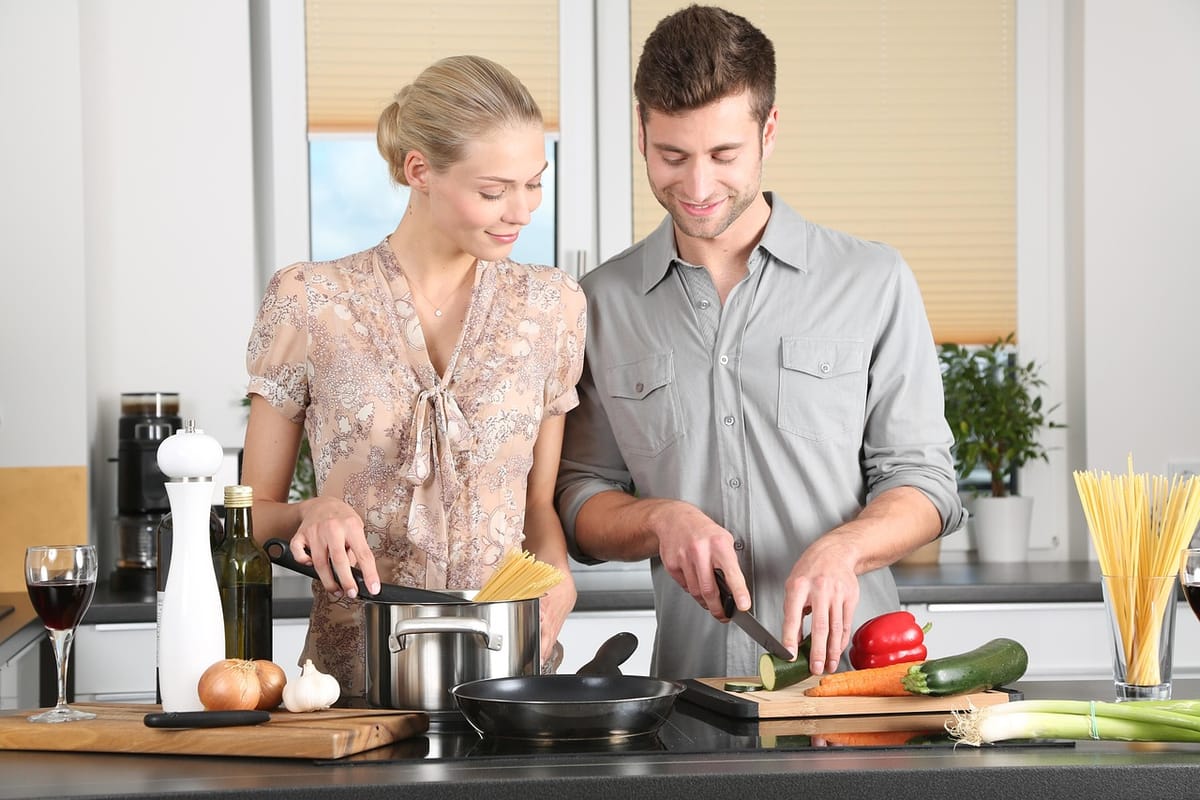Why a simple pantry setup makes life easier at every age
A thoughtful pantry setup makes cooking easier and more enjoyable - whether you’re 25 or 65!

🔴 Have you read these articles yet?
👉 New Honor X7d hit the market at ~R4,000. Is it worth it?
👉 FSCA-licensed or no-go? A pocket guide to South Africa’s CASP regime
A well-stocked, thoughtfully organised pantry does far more than just save a few trips to the grocery store; it is a fundamental act of self-sufficiency that transforms the daily experience of cooking into a calmer, more creative, and infinitely friendlier task.
When your pantry reliably holds the basics and staples you and your household rely on, you gain the freedom to prepare simple, nourishing meals on a moment's notice without the stress of a last-minute, rushed dash to the shops. This feeling of being prepared is the true luxury that a good pantry provides. It shifts the dynamic from frantically reacting to the need for a meal to calmly creating one.
The process begins not with aggressive purchasing, but with a deep understanding of your own cooking habits and dietary style. Start by building a foundation of shelf-stable essentials that form the backbone of most of your meals. This base typically includes a variety of grains (rice, quinoa, couscous, maize meal), pulses (lentils, dried or canned beans, chickpeas), different types of pasta, essential cooking oils (olive, sunflower, coconut), vinegars, tinned staples like chopped tomatoes and coconut milk, and a robust collection of herbs and spices. This reliable base ensures that, with the addition of a few fresh items, a full meal is always achievable.
Crucially, a practical pantry should also reflect personal comfort and joy. Beyond the staples, add a few treats or comfort ingredients that instantly make you feel at home. This could be a favourite local spice blend for grilling, a tin of high-quality cocoa powder for an evening treat, a jar of local fynbos honey, or a prized bottle of good olive oil. These elements act as mood boosters, lifting any simple dish and making the act of cooking feel more enjoyable and less like a chore.
The organisation of the pantry is nearly as important as its contents. A practical pantry is not about filling every shelf indiscriminately; it is about choosing items that actively support your daily routine. Investing in clear, stackable jars and containers for dry goods (flour, sugar, oats, pasta) is a game-changer. These containers keep everything organised, fresh, and, most importantly, visible.
When you can clearly see what you have at a glance, you are far more likely to use it efficiently and avoid the wasteful habit of buying duplicates or letting ingredients expire in the back of a cabinet. Labelling everything is a small step with immense payoff, creating a system that everyone in the household can easily maintain.
In Southern African households, the pantry often reflects a unique and reassuring cultural palette.
Pantries here are often built around comforting, familiar flavours: a good supply of chutney or atchar (pickle), various types of maize meal (pap or mieliepap), tins of pilchards, and perhaps locally produced jams or preserves. These culturally resonant items provide a deep sense of reassurance and facilitate the creation of warm, comforting, and nostalgic meals whenever they are needed. They anchor the household to its regional identity.
A well-managed pantry also aids in financial planning and waste reduction. By conducting a quick inventory before grocery shopping, you significantly reduce impulse buys and utilise what you already own. The conscious decision to shop with the pantry inventory in mind is a practice in mindfulness and economy.
🔴👉 Visit our Categories page to find your favourite read!





Comments ()